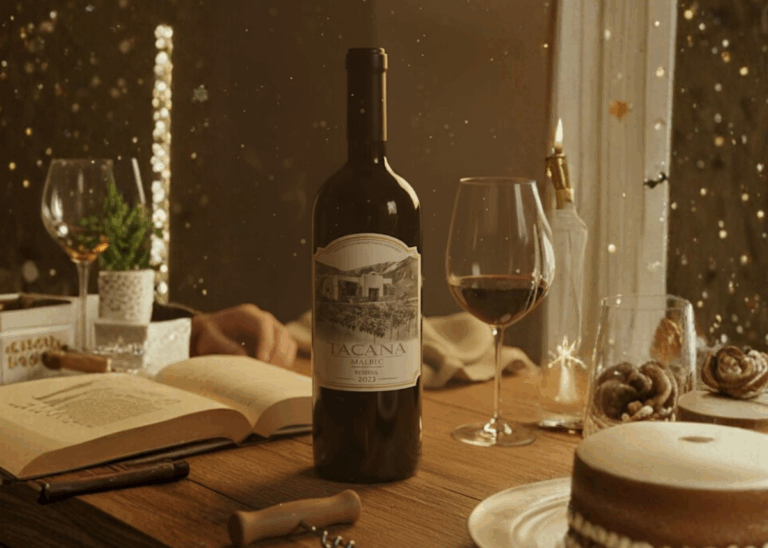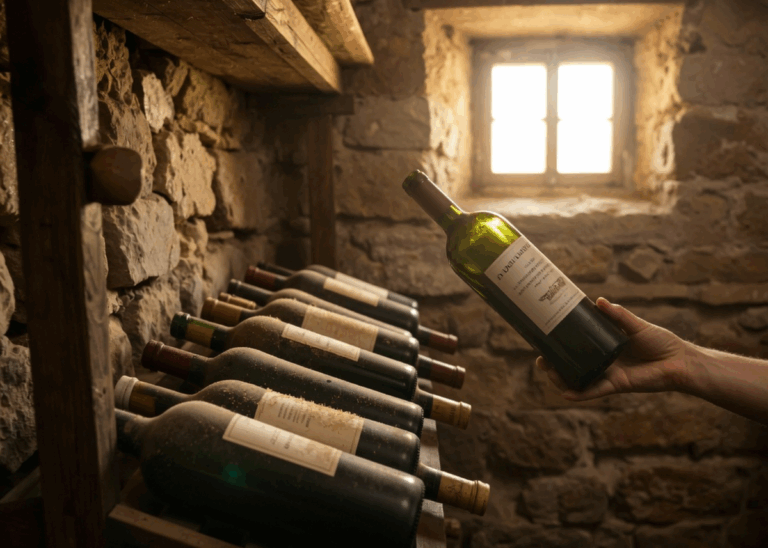[et_pb_section fb_built=”1″ _builder_version=”4.3.2″][et_pb_row _builder_version=”4.3.2″][et_pb_column type=”4_4″ _builder_version=”4.3.2″][et_pb_text _builder_version=”4.3.2″]
***
Before we start today, have you seen our resident wine expert Julien Miquel’s tasting videos for our American Collection? If not, you can watch them at this link.
***
Out in Northwestern Argentina, we pray for rain. The idea of intentionally restricting our vines’ access to water would seem insane under the harsh sun and thin, pale sky – a recipe for raisins at best, spontaneous combustion at worst.
Yet most wine regions have the opposite problem. In Oregon, for example, vines get around 42 inches of rainfall a year. That’s on top of the irrigation vineyards often rely on to raise yields (a method known as “faire pisser la vigne” in France, or “making the vines piss”).
Vintners love to overwater. In addition to higher yields, overwatering makes harvests more dependable and production more consistent. In today’s globalized wine market, contracts go to the producer with the most reliable supply – no matter how watered down the juice.
What does it matter to the bulk supplier – on the hook for millions of gallons – how nutrient-rich those millions of gallons are? He has no time to wonder about the subtle richesse or taste of terroir he must sacrifice in order to meet demand.
Thus, the resurgence of “dry farming,” the practice of foregoing irrigation entirely.
More on that in a moment… But first, why is wine like milk? This week, Julien, our resident expert, covers a crucial aspect of judging wine: its “body”… including the compound that makes a Napa cabernet feel so much bigger than a thin pinot… why body isn’t the same as texture… a surprisingly helpful milk analogy… and more…
[/et_pb_text][et_pb_video src=”https://www.youtube.com/watch?v=CnUK5l2nUt0&feature=youtu.be” _builder_version=”4.3.2″ width=”75%” width_tablet=”90%” width_phone=”95%” width_last_edited=”on|phone” module_alignment=”center” hover_enabled=”0″ module_id=”video”][/et_pb_video][et_pb_text _builder_version=”4.3.2″]
What Is “Dry Farming”? (continued)
Dry-farmed vines are not bone dry. They simply rely on natural rainfall – droughts and all – rather than regular irrigation.
Drought is the secret sauce. During dry stretches, the vines must dig their roots deep down into the soil (as they do in Argentina) to find moisture. In the process, they suck up a greater variety of nutrients, which then contribute to a much greater sense of terroir in the resulting wine.
Once upon a time, almost all French and Californian wines were “dry farmed.” That legendary vintage of Lafite? Dry farmed. The first Cheval Blanc? Dry farmed. In some appellations, the practice is required. In others, it is strictly forbidden.
Sadly, there are no such prohibitions in American wine today. And the rewards for overwatering have shaped the American wine industry more than almost any other modern trend.
Overwatering causes shorter roots and nutrient-poor soil, requiring chemical fertilizer. The enriched, moist environment welcomes pests and fungus, requiring chemical pesticides that further deplete the soil. This results in a vicious circle, wherein vineyards become over-reliant on chemicals at the expense of terroir and flavor.
Many varietals planted in the US today can’t weather drought at all. Removing irrigation from a vineyard might require millions of dollars and years of replanting.
What a shame to visit a unique terroir and see miles of hose and puddles of water.
Fortunately, you find none of that at Steve Hendricks’ Ruby Vineyard, which sits on the Laurelwood terroir at the base of Oregon’s Chehalem Mountains.
15,000 years ago, a cataclysmic flood swept over Oregon’s Willamette Valley, depositing a mixture of basalt and marine sediment. After the flood waters receded, high winds accumulated a layer of dusty loess. Thus was born the rare Laurelwood terroir, located at the base of the Chehalem Mountains.
Steve, whose great-great grandfather arrived on the Oregon Trail, knows better than to adulterate the soil or vines – the oldest in Chehalem. Along with foregoing irrigation, Andrew also passes on pesticides of any kind.
And he insists on LIVE farming, a practice that encourages natural competition amongst indigenous insects and plants in the vineyard’s eco-system as a way to avoid chemical usage (whether pesticide, herbicide, or fertilizer).
Our common gripe with many natural or organic wines is that they tend to be thin and cidery. The natural certification is a genre gimmick, like the busty co-eds in a late 70s slasher flick.
Not so in Steve’s Ruby Vineyard pinot noir, a 90-point wine with notes of pepper and dust. Like any great Oregonian pinot, it’s smooth and thirst-quenching, with spice on the nose and mixed-berry coulis on the palate, held in place by pleasing tannins. Supertasters may also find a bit of flower and orange peel.
[/et_pb_text][et_pb_image src=”https://bonnerprivatewines.com/wp-content/uploads/2020/07/RubyVineyard.png” align=”center” _builder_version=”4.3.2″][/et_pb_image][et_pb_text _builder_version=”4.3.2″]
Ruby produces only 900 cases of the pinot noir. But we secured a few for our American collection, due at your doorstep any day now (if it hasn’t arrived already).
Until next week,
The Wine Explorer
P.S. If you haven’t seen Julien’s in-depth tasting of the American Collection, you can still do so at this link. It’s some of his best work yet. Click here for access.
[/et_pb_text][/et_pb_column][/et_pb_row][/et_pb_section]


